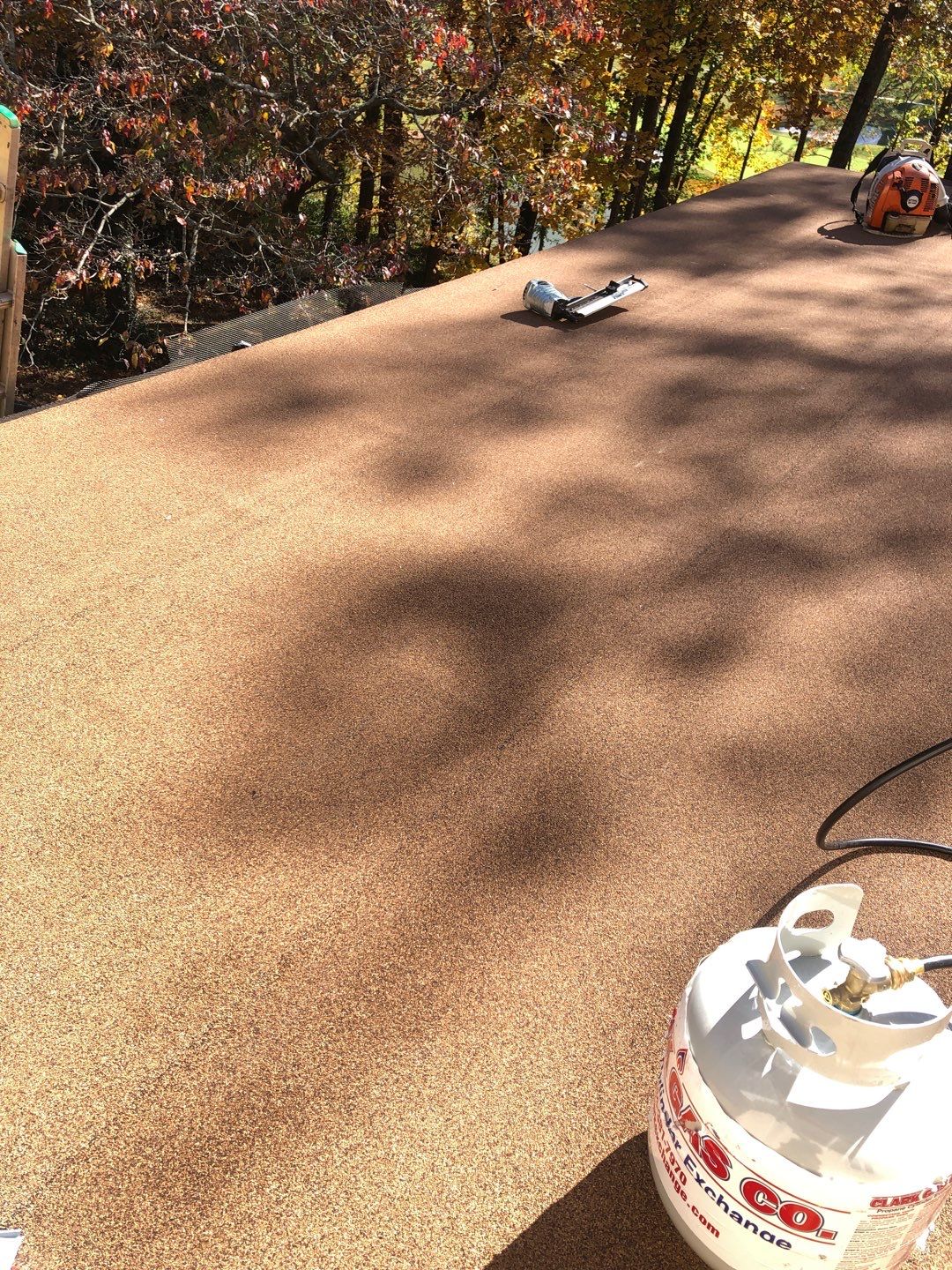
Flat Roofs vs. Steep Roofs
Whether you’re building an addition, constructing a new home, or replacing your existing roof, there are a number of important decisions that will need to be made, which can affect the strength, integrity, look, and value of your home. One of the most crucial aspects of roof design is the pitch, but which is better: a flat roof or steep roof?
MAINTENANCE
Every style of roof, regardless of pitch or choice of finishing material, requires routine maintenance in order to prolong its lifespan, protect the interior of your home, and detect any necessary repairs or impending replacement in the early stages—before costly damage can occur. While there is no question that a flat roof is easier to access for cleaning and maintenance, the demand for both of these services is typically greater with flat roofs in comparison to a steep roof.
Drainage issues and accumulation of debris are more consistent with a lower slope, where the lack of gravity is a distinct disadvantage. A waterproof seal will help prevent leakage and most major repairs, but the roof must be routinely inspected and maintained to be effective.
ROOF MATERIALS AND WEIGHT
The pitch of a roof can determine the weight of the materials it can reasonably hold. Single-ply roof structures are designed for use with flat or low-slope roofs only, while heavier tiles or shingles are more appropriate for a steep roof. Metal or concrete materials are the best choices for flat roofs, limiting your options for design.
HOW TO MEASURE ROOF SLOPE
The pitch of a roof is determined by the degree of fall over the span of 12 inches, and a number is assigned to it for reference. For example: if the fall is 1 inch over a 12 inch span, the roof pitch is 1/12. A low slope roof is considered to have a pitch of 3/12 or less, while the pitch of a sloped roof measures 4/12 or higher, with 6/12 being the most common grade.
ADVANTAGES OF A FLAT ROOF
A roof requires some slope to allow for drainage, but the lower the slope, the greater the chances of water and debris collecting on the surface. There are however, a number of advantages to a low slope or flat roof, including:
- Reduced cost
- Easy access
- Modern aesthetic
- Multi-use options, such as a rooftop deck or garden space
- Fewer restrictions to the interior space of the top floor
ADVANTAGES OF A STEEP ROOF
Most single-family homes have a steep roof, and in the state of Georgia the most common types of shingles include:
The advantages of this type of roof include:
- Fewer maintenance requirements
- Increased lifespan
- Less accumulation of debris
- Enhanced drainage
- Greater choice of styles
- Potential for a bonus space in the attic
One of the main disadvantages of a steep roof is the initial cost, which is greater in comparison to a flat roof due to the intricacies of the design, increased labor costs for additional hours, and higher cost of materials.
SCHEDULE A ROOF INSTALLATION, REPAIR, OR MAINTENANCE TODAY
Regardless of which type of roof you choose, professional installation using high-quality materials and routine maintenance is crucial to prevent leaks and major repairs, as well as ensure the safety and integrity of your structure. The team of experienced professional roofers at Fowler Homes has spent over 20 years providing quality service to homeowners in the Canton area.
For expert roofing services including installation, maintenance, replacement, or repair in the Canton area, call Fowler Exteriors today, at 770-377-8009, or contact us online and let us know how we can help.